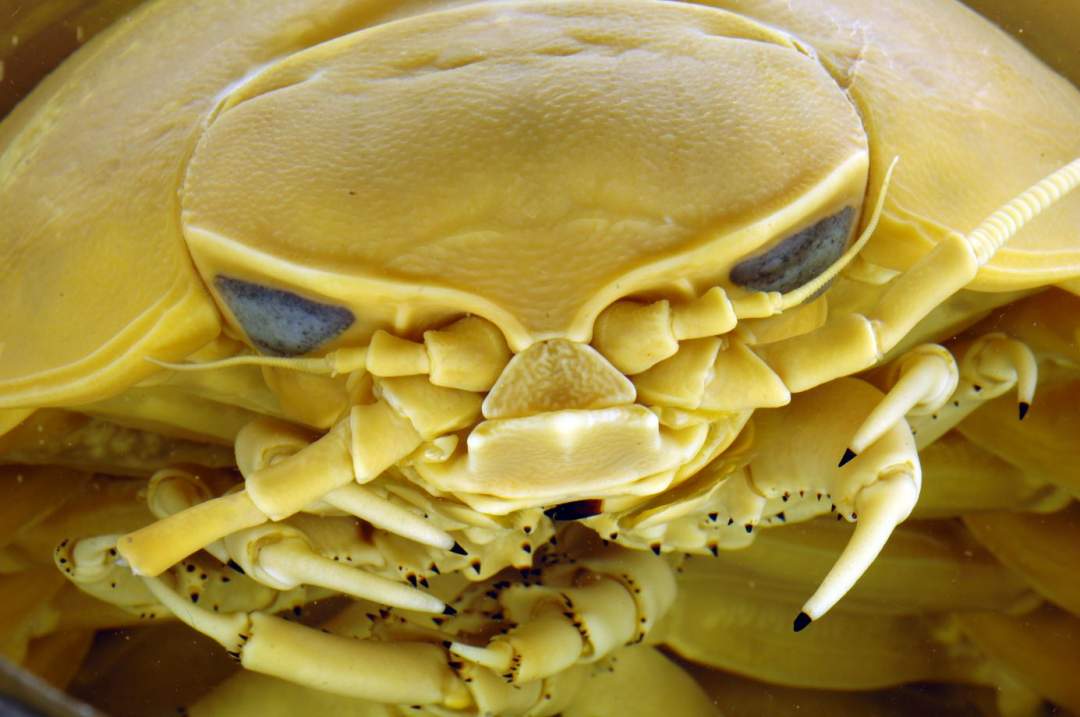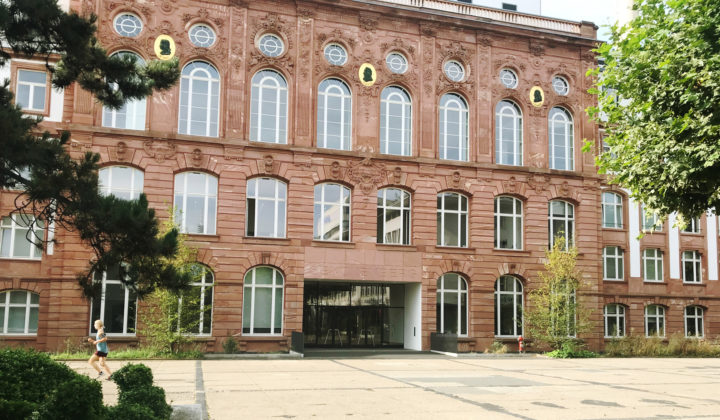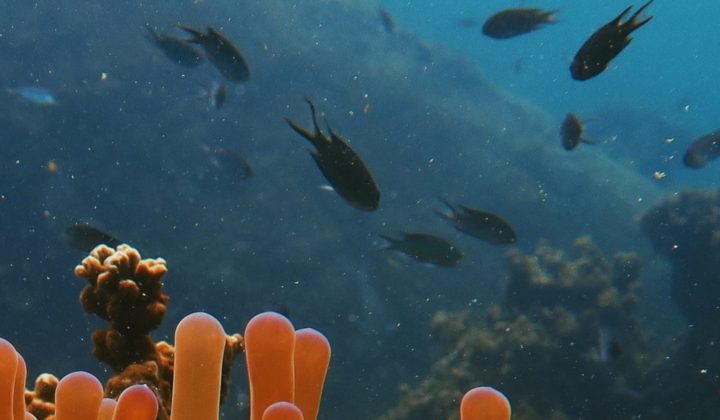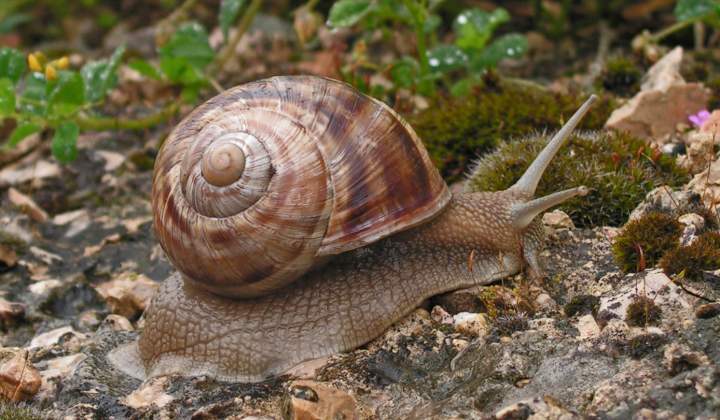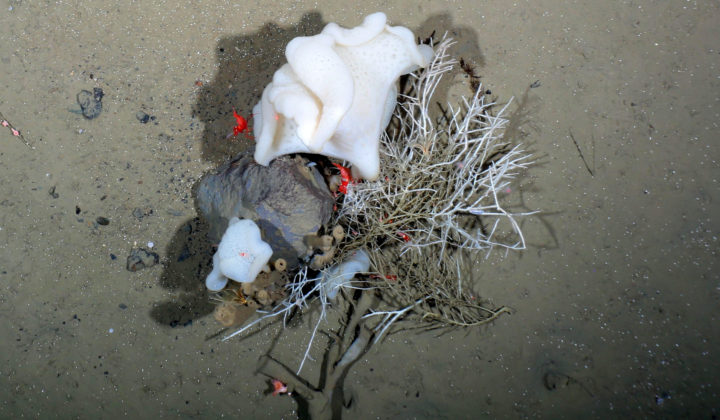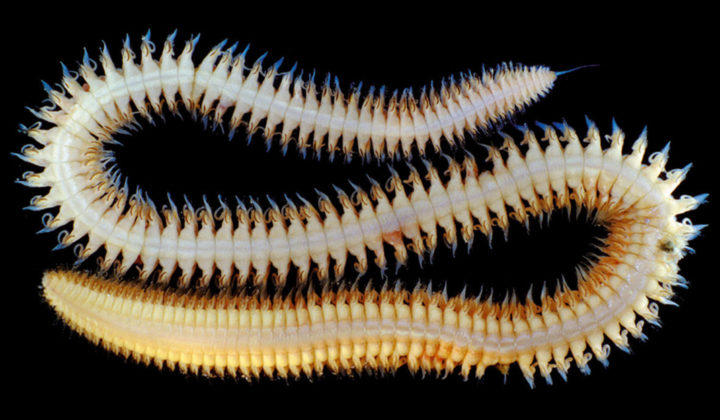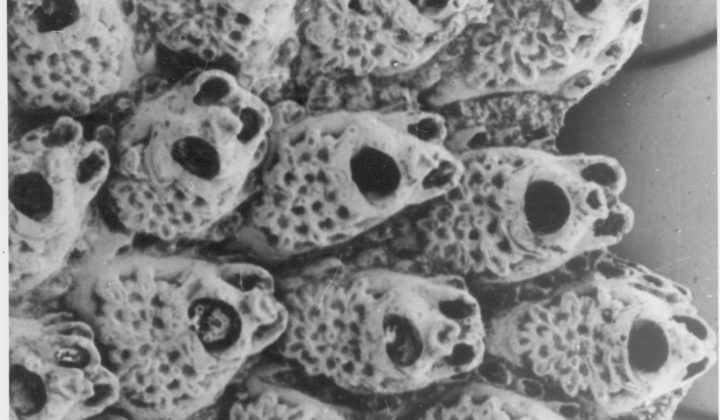Marine Zoology
Crustacea
The Crustacea section is one of the oldest sections of Senckenberg Frankfurt. It has been in existence since the early 19th century when it was founded and first headed by Eduard Rüppell. Over its long and varied history , the section has built up one of the most important crustacean collections in Europe. For historical reasons, the Crustacea collection contains mainly decapods, including large collections from Japan, the North Sea and the Arabian Seas. These are animals that even the layman can immediately recognize as crustaceans.
Today, the section is headed by Prof. Dr. Angelika Brandt , whose research focuses on Isopoda and other peracarid crustaceans from the deep sea and polar regions. These groups, which are very species-rich in comparison to other crustacean groups (approx. 12,000 species of isopods and approx. 14,000 decapods) exhibit a very large variety of forms, allowing them to inhabit all marine and freshwater habitats, from the deep sea to the intertidal, as well as large river systems up to mountainous regions. They have even conquered the land, the mangroves and beaches from the sea and drier soils in the mountains from fresh water. We consider the evolution and ecological significance of this immense diversity of forms, which are only partially described and even less understood, as a challenge for our research. Our work is based on taxonomy, which is an indispensable prerequisite for understanding the diversity of life.
The Crustacean Section’s main tasks include research and the maintenance and expansion of the collection . In this context we work closely with our sister institute Senckenberg am Meer . In addition, university teaching at the Goethe University Frankfurt am Main , the training of biological-technical assistants in cooperation with the Senckenberg School , as well as various aspects of consulting, committee work, public relations and scientific communication form a diverse and colorful spectrum of activities of the staff of the Crustacea section. Among other things, the researchers in the Crustaceans section were involved in writing the IPBES Global Assessment 2019 . In various interviews Prof. Dr. Angelika Brandt , Dr. Hanieh Saeedi and Dr. Torben Riehl explain what their work means for the marine environment, their fields of research and for them personally.
In the spirit of the Senckenberg mission “to collect, to research, to transfer”, scientists and technical assistants of the Crustacea section are involved in the development of our museums. As a special highlight, a part of our research will be presented in the new permanent exhibitions Deep Sea and Marine Research from 2020 onwards. More information about the conversion plans and the public fundraising campaign can be found at www.Die-Welt-baut-ihr-Museum.de.
If you would like to get a rare glimpse behind the scenes of our section and a deeper insight into our research, please keep an eye out for announced dates . We also offer you the opportunity to do an internship with us as part of your school or university education. Please contact the central internship office of our institute.
